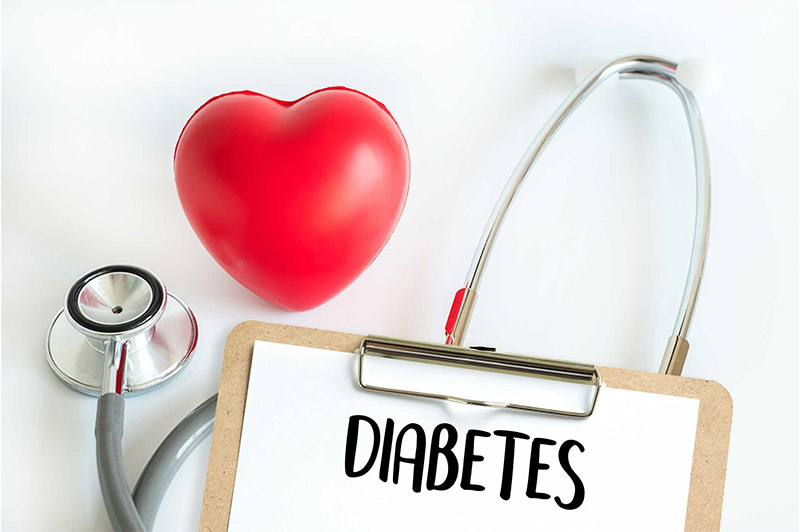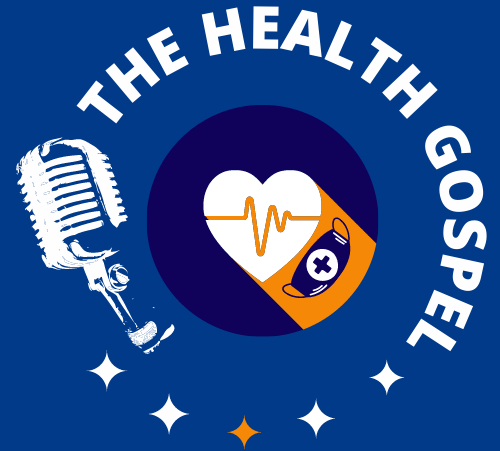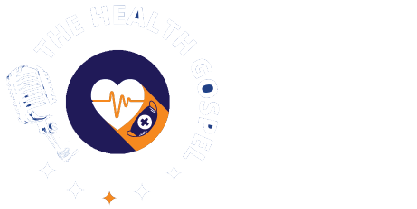
DIABETES MELLITUS SERIES 3
Having discussed the causes, types, and prevention of diabetes, this article will discuss the
symptoms and diagnosis of diabetes mellitus.
Symptoms of diabetes mellitus
Diabetes is one disease that almost always has symptoms. Symptoms result from high
sugar levels in your bloodstream, which may eventually start to seep into your urine.
Excessive sugar also reduces your immunity and increases your risk of infections.
The symptoms of diabetes include:
Excessive passing of urine: Large amounts of urine both in the daytime and at night. This
is your body’s way of getting rid of the excess sugar in your blood, as it’s not taken up by
your muscles and liver.
If you see sugar ants around your urine, most likely your urine is sweet like sugar, hence the
attraction.
Excessive drinking of water: As you pass large volumes of urine, you get thirstier because
your body needs to replace the fluid lost in the urine.
Excessive hunger: Your tissues do not get glucose to work with even though it’s present in
your bloodstream. Your body perceives this as a lack and stimulates your hunger center. So
you eat more and your sugar level keeps going up. However, your tissues can’t get this
sugar for either of these reasons or both
1. There is no insulin as a key to open the door to let glucose leave the blood and get
into your muscles and other tissues (type 1 diabetes).
2. Insulin is present as the key but the door is just too stiff (insulin resistance) to open
properly. This happens in type 2 diabetes mellitus.
Weight loss: This is more common in type 1 than type 2 diabetes. Your body starts to
convert fat stores into glucose since it perceives the lack of glucose in your tissues as a lack
of glucose in the blood.
Infections: One of the early symptoms of diabetes is having a recurrence of boils in different
parts of your body. You may also have frequent infections like thrush (either in your genital
area or mouth). This happens because your immunity is suppressed by the persistently high
blood glucose levels. Your body is unable to fight off infections as it normally would.
Tiredness: Your muscles need glucose to work with; little or no glucose to help your
muscles work makes you tired all the time. Despite your markedly increased appetite and
food consumption, glucose is not getting into your muscles.
Wounds that heal slowly: You may also notice that when you have a cut, it takes much
longer than usual to heal completely.
Diagnosis
Having any or all of these symptoms is not sufficient to make a diagnosis of diabetes mellitus
without a confirmatory blood test.
Blood sugar tests are done to confirm the diagnosis viz:
1. Fasting blood sugar (FBS) is the blood sugar level after an 8-14 hours overnight fast.
-Normal FBS is 60-100 mg/dl (3.5-5.6 mmol/l). -FBS in prediabetes is >100 mg/dl (5.6
mmol/l) to 125.9 mg/dl (6.9 mmol/l).
-FBS 126 mg/dl (7 mmol/l) and above on at least 2 different occasions or with the above
symptoms confirms the diagnosis of diabetes mellitus.
2. Random blood sugar (RBS): Blood samples can be taken at any time, not the
morning after an overnight fast. RBS levels of 200 mg/dl (11.1mmol/l) and above are
suggestive of the diagnosis of diabetes mellitus.
3. Oral glucose tolerance test (OGTT): This test is used mostly in pregnant women to
screen for diabetes in pregnancy (gestational diabetes). It may also be used on
persons who have 2 or more conflicting fasting blood glucose levels. It tests how well
your body handles glucose after having a meal.
This test starts with a fasting blood sugar test. Subsequently, 2-3 more blood samples are
taken 30 minutes to an hour apart after the person consumes a solution of glucose.
The normal response after a meal is for your blood glucose levels to rise immediately and
then fall quickly within the normal random blood glucose levels. An individual who has
diabetes would have a rapid rise in blood glucose level which remains higher than the
normal range of random blood glucose.
4. Haemoglobin A1c (HBA1c): This test shows what your blood glucose levels have
been like over the last 3 months. It is measured in percentages, as the percentage of
a part of your red blood cell that is coated in glucose. Normal HBA1c is less than
5.7% but a level of 6.5% and above confirms diabetes mellitus. This test may also be
used to monitor blood glucose control in a person with diabetes.
So if you had been eating without discretion and/or skipping your medications, but then
decided to keep to your dietary modifications a few days before your follow up visit, your
blood glucose levels may be within normal but HBA1c would show that your glucose control
had been suboptimal.
To summarize, the presence of symptoms and blood tests help to confirm the diagnosis of
diabetes mellitus.
The next post will be an exposition on the treatment of diabetes mellitus including foods and
drinks that aid or interfere with the maintenance and control of your blood glucose levels.




